
Frederiksborg Horse
- Home
- Our work
- Farm animals
- Nordic native breeds
- Frederiksborg Horse
All photos: Fredriksborg Hesteavlsforeningen: fhf.dk
Native name: Frederiksborghesten
Withers height: Mares ideal: 160-165 cm
Stallions ideal: 163-168 cm
Colour: All pure colours allowed, markings are allowed. Chestnut is the predominant colour. Black, bay, brown, grey exists. Dilution gene present and gaining more and more influence (Isabella, bucksin, smokey black). A flaxen version of chestnut as well as scattered white hairs in all basic colours are very common.
Type: Halfblood, riding- and carriage horse suitable for leisure riders as well as sport.
Number of foals born in Denmark, 2019: 57
Not at Risk – Vulnerable – Endangered – Critically Endangered – Extinct
History
The Frederiksborg horse was founded in the 16th century by the Danish kings Frederik II and Christian IV, who gathered the best horse material from the European royal stud farms of the time. Studbook keeping was made with great precision and this makes the studbook of the Frederiksborg Horse the oldest of all domestic animals in the world. The breeding operation was collected at Frederiksborg Castle and its vast property in Northern Zealand, north of the capital of Copenhagen, where horses were grazing in vast fenced enclosures, names of which persists in today’s local geography.
Especially in the 18th century, the horses of the Danish kings were popular and sought after throughout Europe for their noble blood and their beautiful, elegant forms. The appearance of these horses is given the best impression by considering the equestrian statue at Amalienborg Castle, which was made from the best stallions in the royal stud at Frederiksborg Castle. The genes of the Frederiksborg horses gained influence on other European breeds, among others the Orlow trotter and the Lipizzan horse, where the stallion Pluto founded a stallion line and the mare Deflorata a mare family, still existing today. The Frederiksborg Horse is also the foundation of the Danish Knabstrupper, famous for it’s leopard coloured skin.
The Royal stud was particularly famous for breeding for colours. To have 6 or 8 horses of the exact same colour pulling a carriage was very prestigious. Before the discoveries of Mendel, that gave explanations to the mystery of colour genetics, horses of like colour were mated and to a large extend gave the colour expected. Especially sought after were the white born Frederiksborger, which unfortunately had very low fertility rates. Today it is known that the gene responsible for white born horses is fatal for embryos if it appears homozygous, actually it is called Frederiksborger Lethal White. This explains why it at the time appeared as low fertility.
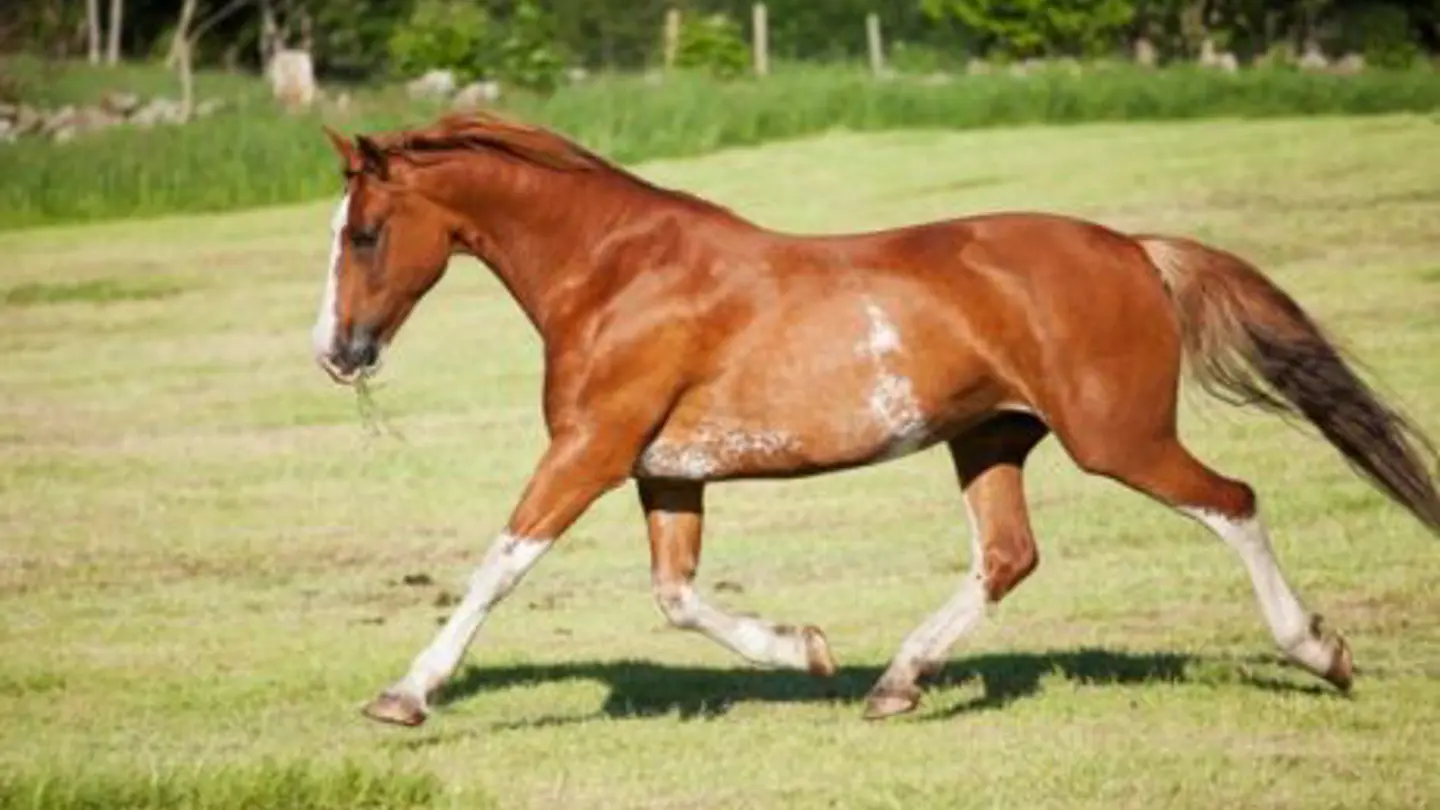
The breeding of the Royal Court was influenced by wars and economics, as well as the personal interest in horses of the reigning monarch. The stud was reduced several times during the 18th and 19th century. In the early 19th century, the reigning king was completely horse-uninterested and left the entire Stud administration to a relative, the Duke of Augustenborg. Much of the original material was replaced by English Thoroughbreds, because racing and thoroughbred breeding was his main interest. This was a lethal blow to the Frederiksborg breeding, on the other hand it was the dawn of the modern Holsteiner breeding, as this was the Dukes native area.
The original breeding material was sold to local farmers who conserved the gene pool. This did give a discontinuation of the precise studbook keeping, but the sudden access to horses of better quality made the interest grow and in the late half of the 19th century the Frederiksborg horse became the farmer’s horse, which they guarded with care. There was a certain influence from other breeds, like the Jutland horse which gave more power, and from the last convulsions of the Royal Court in terms of Arabian blood, English thoroughbred as well as the English breed Yorkshire.
After the enactment of the Danish Constitution in 1949 the entire society developed, as well as the legislation on domestic animals. Through this the local animal shows started, where farmers could get prizes for the best animals. This focus on quality provided a breeding ground for private horse trading much more profitable than during the Absolutism.
At this time the Frederiksborg Horse was bred as a light half–blood, as compared to the heavy half-blood like the imported Oldenborgers, no-blood horses like the Jutland Horse or to the full-blood horse like the English thoroughbred or the harness-trotters, who became increasingly popular for racing. The Frederiksborg Horse was said to have more stamina than other half-bloods and could be used both for farm work and for transport. There was a slight addition of Trakehnian blood to the gene pool as the Danish Ministry of War had exchanges with Preussia and received 4 of what appears to be good stallions that did get quite an influence.
From 1900 to 1950 the Frederiksborg Horse was only progressing. It was very popular in Denmark and its type perhaps changed towards the heavier half–blood, because this was sought after. Then with a boom, everything changed after WWII. The breeders of the Frederiksborg Horse simply bet on the wrong horse, when they trusted the people saying that horses for work would never go out of style, in spite of technological development. During the 1950’ies the market for trading the Frederiksborg–type disappeared and an unimaginably large amount of horses went to the slaughterhouses, thus also the gene pool. The breeds that made the cut during these difficult times turned out to be either breeds with cavalry history that for years had been breeding a lighter type with thoroughbred influence or eg. the Danish Oldenborger, which immediately was crossed with thoroughbred in order to resemble the former.
What was left of the Frederiksborg Horse gene pool has since then been preserved by passionate people. During the 60’ies and 70’ies it was heavily discussed if outcrossing was necessary in order to create a sports horse and a few drops of hannoverian, arabian and thoroughbred blood found its way to the gene pool. The type did change towards a more modern riding horse and up through the 90’ies several sports horses with top performance was produced, including Thor Bregnebjerg, GP-winner, Tasano Toftedal, Danish representative in Young Rider European Championships and Nigeria (ex. Horos), International S-Showjumping.
Today’s Frederiksborg Horse may not stand in the fancy, slimline silhouette of a modern warmblood, however a trait that has been conserved is its ability to work in a team. In order to work on a farm or to be trusted to pull a carriage with the farmers family, a horse must be an absolutely trustworthy team player as well as having an outstanding health. Horses which were physically fragile or difficult to handle, simply did not persist and certainly were not bred on. Trustworthy team player and healthy half–blood, that is what you get in a modern Frederiksborg Horse.
Conservation
The population of Frederiksborg Horse is conserved by private breeders and controlled by the market. The number of foals born since the financial crisis in 2008 has been between approximately 35 and 60, as opposed to 150-200 in the 1990’ies. The tendency of number of foals is rising. Frederiksborg Hesteavlsforening (Association of Frederiksborg Horse Breeders, in short FHF) organizes grading arrangements for stallions, mares and geldings, as well as it arranges shows for foals and young stock.
The stallions can be presented earliest as 2½ year old for an exterior inspection, where he will be evaluated on parameters such as type, correctness of head, neck, topline and limbs as well as the correctness and elasticity of his gaits. If approved he can be granted a one-year license, which can be prolonged for another breeding season, after which he must complete a sports performance test to achieve life-time breeding approval. Stallions of all ages can be presented for evaluation, but stallions older than 4 years cannot achieve breeding license until they have completed the performance test. Foals by non-approved stallions cannot be registered as Frederiksborg horses.
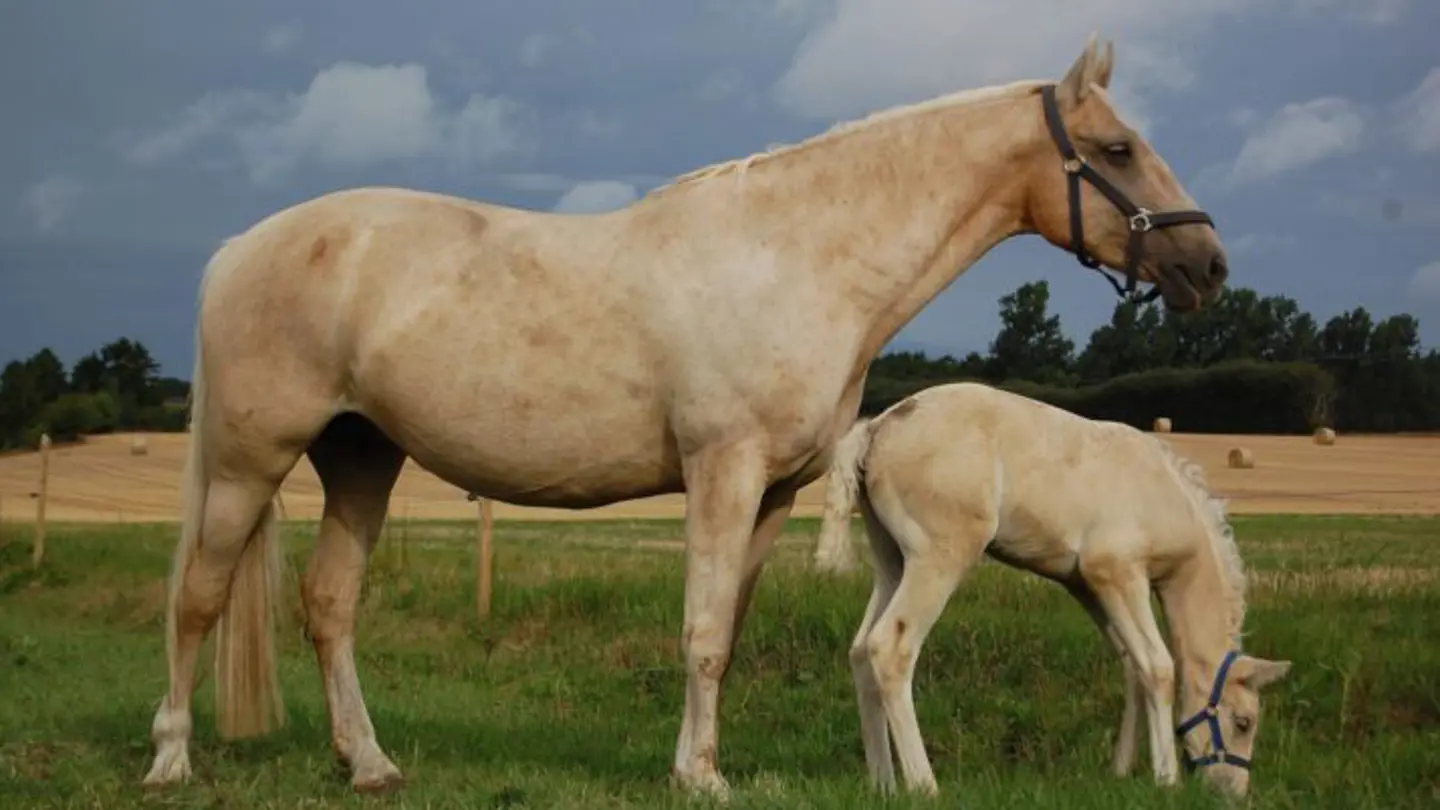
Mares can be exhibited for grading earliest as 3-years old, but can be presented at all ages, even with the foal to be registered at the side. The mares are assessed on the same exterior parameters as the stallions but are not obliged to do a performance test. Once graded, the mare is licensed for life.
Even geldings can be presented for exterior evaluation in line with the mares. With the relative low number of born foals, the presentation of gelding gives the breeding commission access to many more animals to be able to evaluate the development of the breeding material. All graded animals are given a studbook number to identify them alongside the UELN number. Mares are where earlier prefixed FR (from 2019 FH or FS), stallions FRH and geldings FRV. Furthermore, they can be granted the prefix R for Rideability if completing certain sports related levels, or the prefix E for Elite if achieving extraordinary breeding results (ex. RFR or EFRH).
Population size is difficult to estimate, as there has been no official count of living animals in this century. It is estimated that over the past 20 years 1250 foals are born, of these 500 with a current age between 4 and 14 years. 250 of these being mares, and let’s assume that 15 % did not live until maturity or are dead for various reasons. That leaves 212 potential broodmares for breeding. This number is backed up by the number of graded mares in the same period. The number of licenced stallions, whether lifetime licensed or temporarily licensed, has been varying between 30 and 40, however some are based abroad thus not available to the broad population of mares and some are only available through frozen semen, which is not so popular among the breeders because of the veterinary costs associated with this method.
The frozen semen however has been collected from quite a lot of stallions for conservation purposes. A few years back FHF entered a joint venture with the Danish Conservation Committee for Domestic Animal Genetic Ressources on collection of cryo–conservation of semen from a long row of older Frederiksborg stallions or stallions of rare pedigree. The frozen semen belongs to the Danish Gene Bank, but stallion owners used the opportunity to produce extra, that is available for private trading.
Embryo transfer has not yet gained influence as a breeding method for Frederiksborg Horses. In 2014 the Frederiksborg Horse participated in a large genetic study to determine the relationship among breeds. It concluded that the genetic pool of the Frederiksborg horse is quite unique compared to other breeds.
Fun facts
The palomino colour has been recorded in the modern stud book since 1930’ies, however the designation in the Frederiksborg breed is ALWAYS Isabella, just as the buckskin colour is termed Yellow.
Two Frederiksborg horses from 1683 and 1864 respectively have been preserved as stuffed animals. In 1683 as the result of a bet made by King Christian V, a Frederiksborg horse was raced from Copenhagen to Hillerød in just 42 minutes (app. 40 km) in such a pace, that it dropped dead after arrival. The leopard skin horse was stuffed in a jumping position and has been shown in exhibition at Frederiksborg Castle.
The white born Perlen (“The Pearl”) was the faithful horse of King Frederik VII and it died a few months after its master in 1864. It was stuffed and in the possession of The Museum of Natural History, although forgotten and badly preserved until rediscovered 150 years later, where it was restored and presented in an exhibition in the Royal Stables of Christiansborg in 2016.
The Frederiksborg Horse is ancestor to other breeds such as the Orlow trotter, the Lipizzaner and the Knabstrupper. Modern Warmblood stallions such as Sir Donnerhall I & II and Concetto Famos (Meredith Micheals Beerbaum) origin from Frederiksborg dam lines.
There are only 2 original stallion lines left in the Frederiksborg Horse, Zarif and Regulus. A third line was the Pegasus line, with its last-born stallion in 1948. Before there were also lines from the Trakehner stallion Manfred, and further back a few lines from the original Royal Stud lived, but not beyond year 1900, eg. Bæveren (“The Beaver”) (Frederikborger.com)
Read more about our other native breeds
-
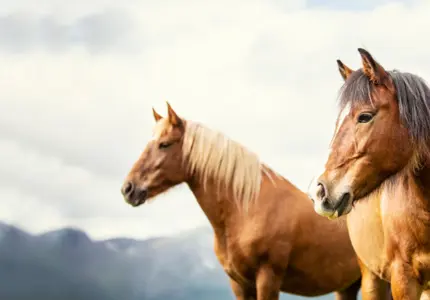
Nordland/Lyngen Horse
The first known and documented exhibition where this breed participated, was in 1898 at Lyngseidet in Troms. In the 1930s, organized breeding of Nordland/Lyngen horses started.
Read more about the breed
-
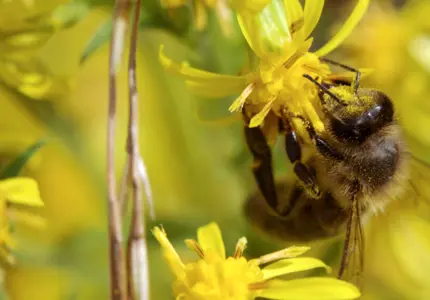
The Nordic brown bee
Honey bees are threatened by intensive agriculture, habitat loss and climate changes worldwide and are important to conserve, not only due to their honey production but also due to their pollination services.
Read more about the breed
-
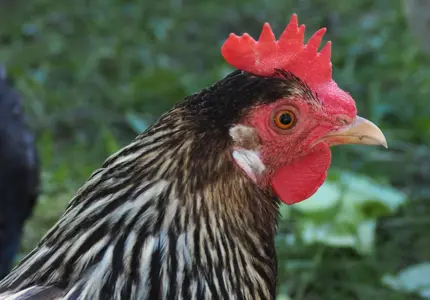
Finnish Landrace Chicken
In 1974, the agricultural advisory agency collaborated with Seiskari and published a call to find remains of the Finnish landrace chicken. As a result, one flock was found in South-East Finland. This family line was named after its geographical location as “Savitaipaleenkanta”.
Read more about the breed